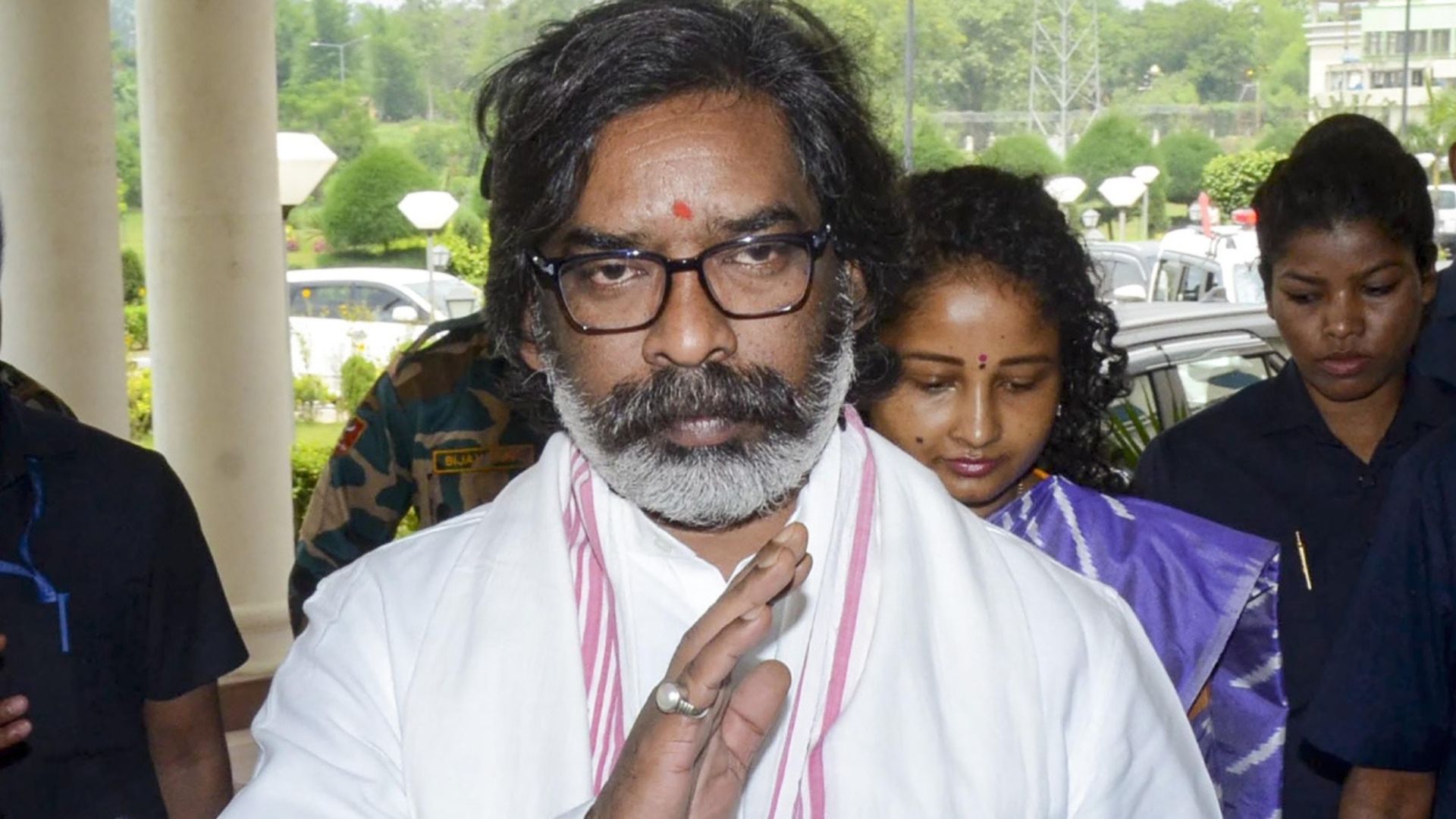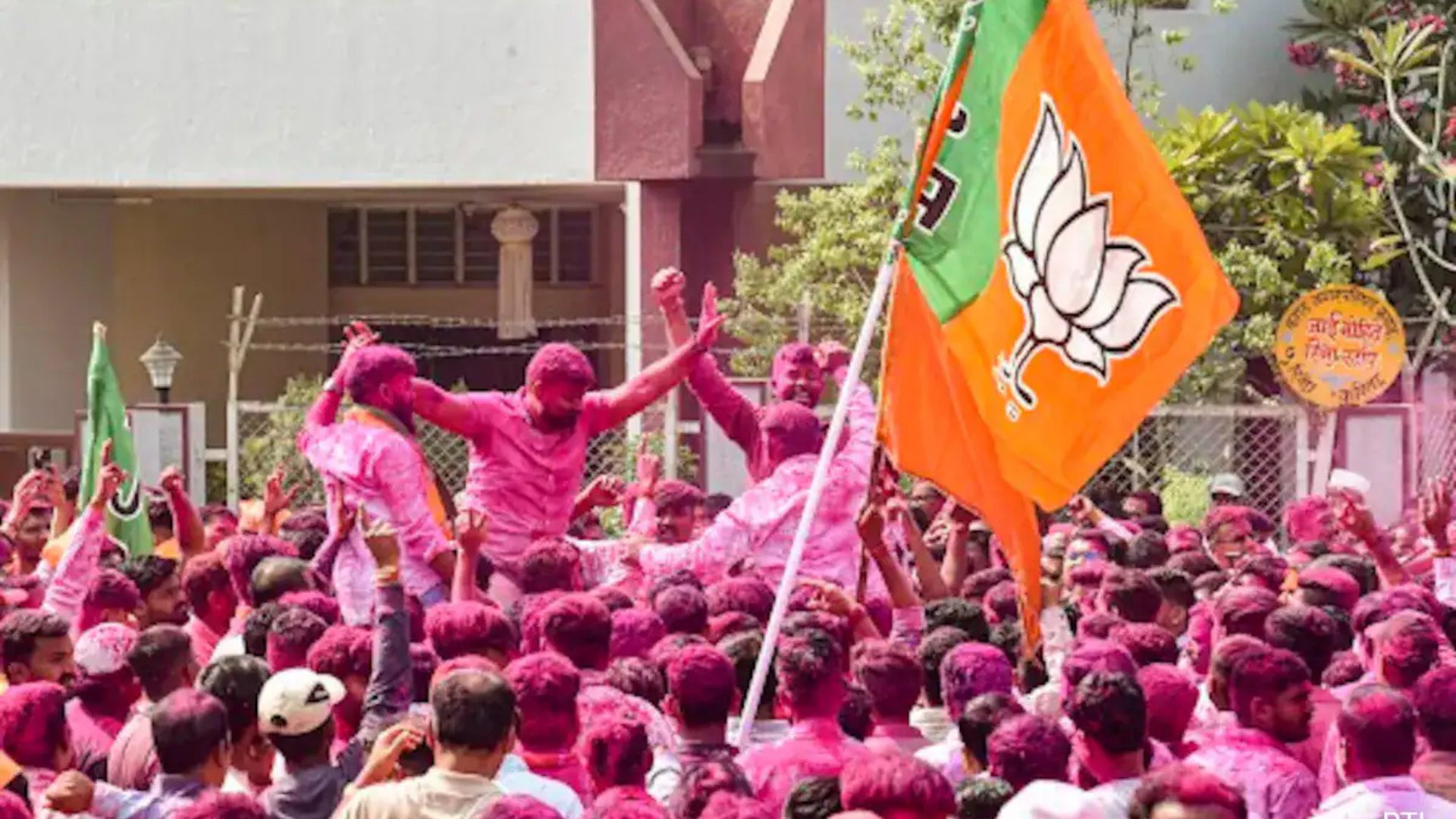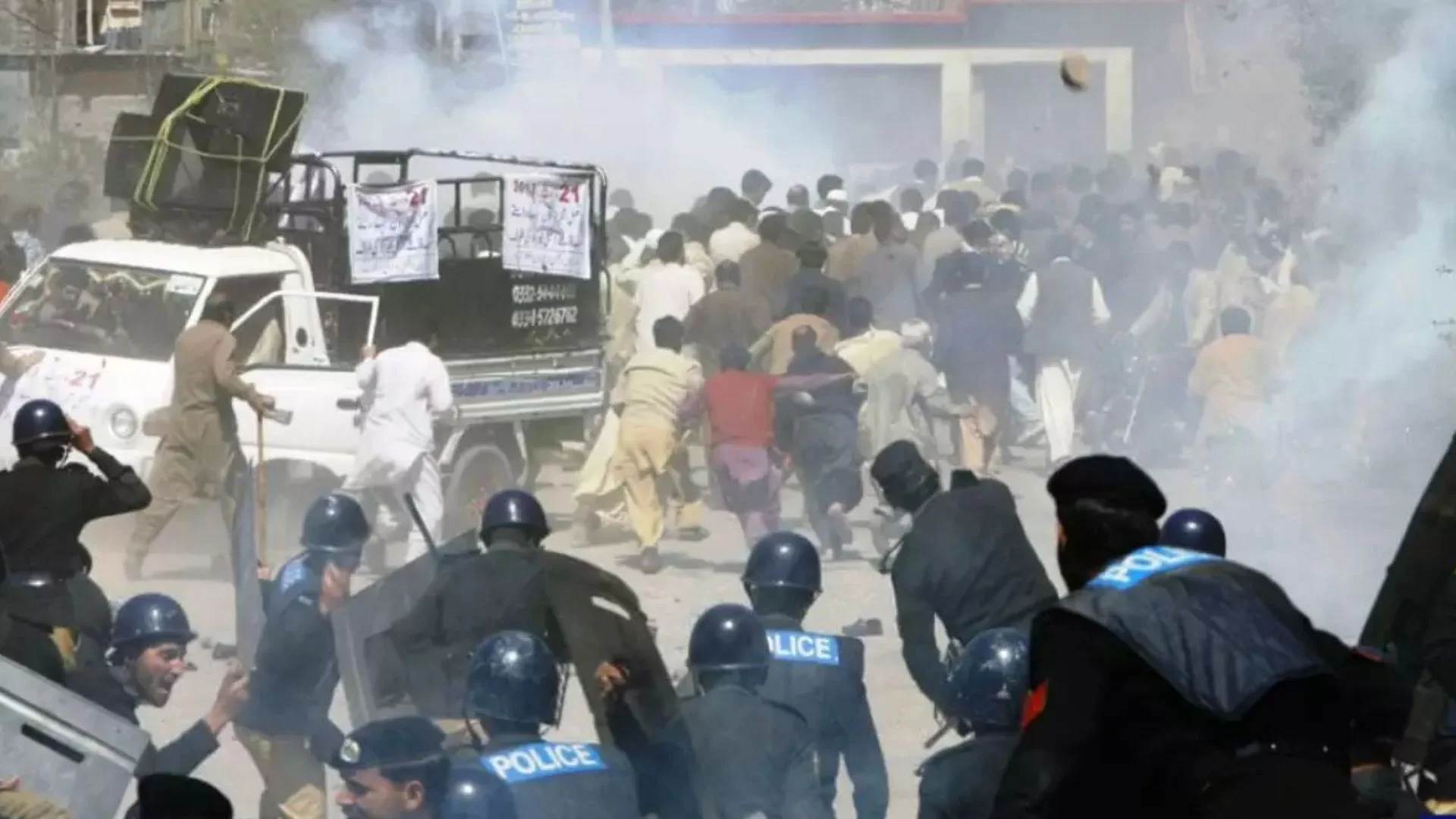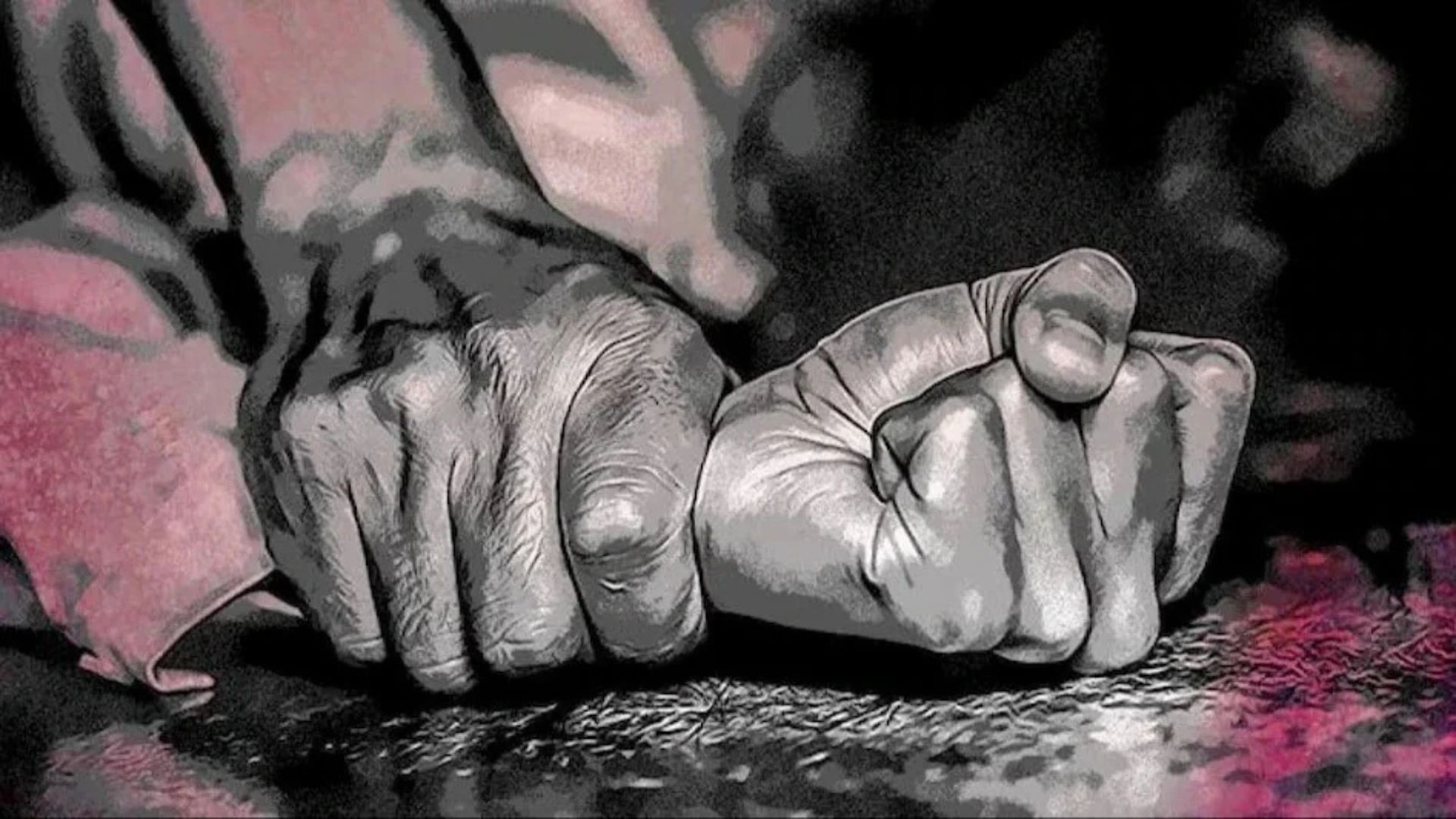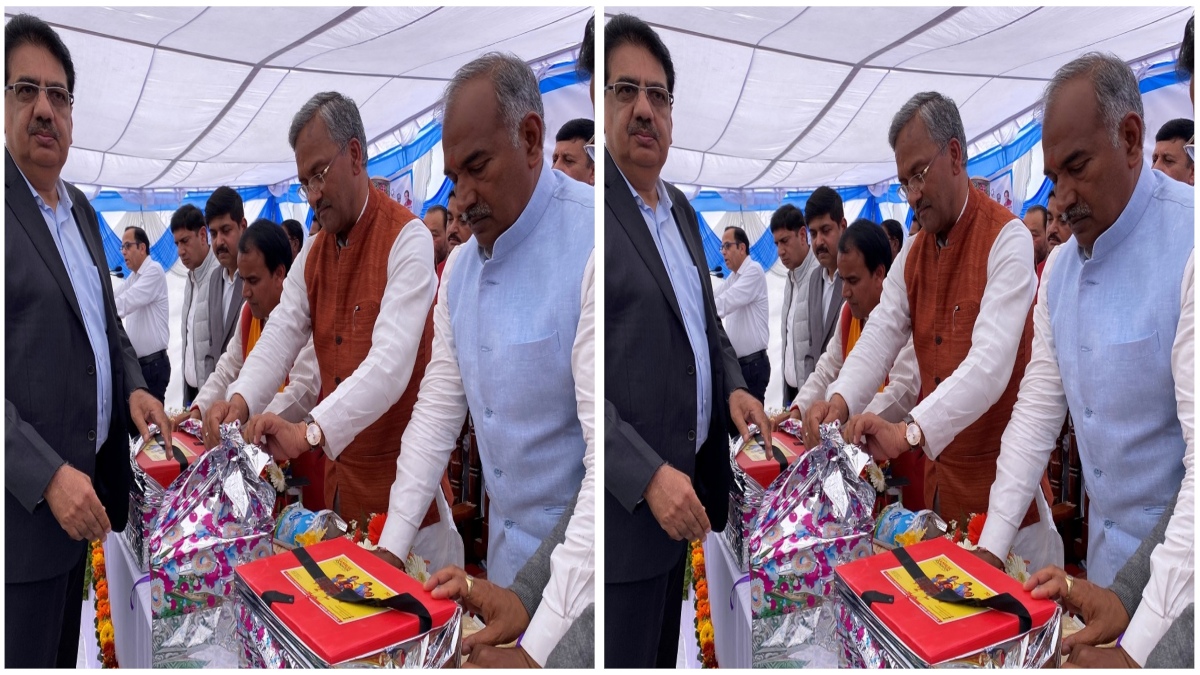
I had no experience in the school education sector when I was shifted from the dark dungeons of coal mines to the apparent bright lights of education in 2016. In this sense, I was perhaps the most ‘uneducated’ Secretary, School Education, Government of India. However, I was soon to discover that “whereas in the coal sector, mining was underground and the mafias operated above it, in the minefield of school education it was the other way round” (Ethical Dilemmas of a Civil Servant). These mafias were eating into the essentials of our society. However, all was not lost. As I travelled around the country, I discovered some marvellous work being done through public-private partnerships. One such partnership was discovered in Chattisgarh between the State Government and Sampark Foundation. The School Education Secretary in the State was an outstanding officer, Vikas Sheel who understood the relevance and importance of such partnerships. My little contribution was to see how this wonderful initiative good be scaled.
Sampark Foundation had been set up by the redoubtable Vineet Nayar in 2005, long before he quit his fruitful and lucrative job in HCL. The NGO operations were limited to grant-making philanthropy. It was felt that hands-off approach would not work, and catalysing a large-scale transformation in education would require some disruptive, inclusive innovations.
The attempt was now to solve one of the biggest and most complex problem of low learning outcomes, which affected over 144 million children studying in more than 1 million public-funded schools in India, where 6 out 10 children in grade 5 could not read grade-2 text or solve grade-level math problems. Six million children in the age group 6-14 years were estimated to be out of school, and 36% of the children dropped out even before completing their primary education.
Consequently, some of the finest brains in education in the world were brought together to find possible solutions to the deep-rooted problem. Finally, Sampark Smart Shala, a frugal, tech-driven program to improve learning outcome was born. It comprised 5 innovative elements, including an Audio box with a voice mascot called “Sampark Didi” and BOT- enabled mobile App that works without the internet.
At the outset, it was recognized that the teachers were the frontline change-agents that Sampark would need to enthuse and empower. But they were embedded in a complex public education system with diverse stakeholders. There was, therefore, a need to adopt a ‘Teachers First’ approach in the mission of transforming learning outcomes. However, there was an additional issue at hand. Teachers were part of the state education system, and so first Sampark needed to build strategic partnerships with state governments.
In 2014, Sampark partnered with two states, Chhattisgarh and Uttarakhand, committing to roll-out its program in three phases in 33,000 and 10,000 schools respectively. It invested in pedagogy, developing cutting-edge teaching tools, methodologies and training modules. The Foundation carried out teachers’ training, and the program was implemented, with state machinery providing support in monitoring and evaluation. The two states saw remarkable improvement in learning outcome, according to an independent third-party assessment of the program.
Thus, Sampark leveraged public-partnership and today, Sampark Foundation is transforming learning outcomes for 1 crore children studying in 84,000 rural schools across 6 states—Chhattisgarh, Jharkhand, Uttarakhand, Himachal Pradesh, Uttar Pradesh, and Haryana– at less than $1 per child per annum.
In March this year, the Coronavirus crisis caused an unprecedented disruption in the education of millions of children, who were forced to stay at home. Most parents who could afford enrolled their children on digital learning platforms. However, parents of children studying in government schools could not afford them; besides, most online platforms were not in Hindi, the medium of instruction in government schools. Also, the content available on these digital platforms was not mapped with the state curriculum and textbooks. It was next to impossible for 1 crore rural, underprivileged children to continue their education from their homes.
SAMPARK ROSE TO THE CHALLENGE AND FAST
Always a believer in the power of technology and innovations, the Foundation reached out to a group of 28 top-notch professionals –inspired AI developers, educators, child psychologists, game designers, graphic animators—in different countries to develop Sampark Smart Shala, an android App. Developed with an investment of Rs 10 crore, the digital platform offers thousands of teaching-learning resources in Hindi, including animated video lessons, rhymes, stories, interactive and engaging games, classroom activities, worksheets, quizzes, all mapped to state textbooks. The App, which allows users to download the content for free and access it without the Internet, is also a unique hub of crowdsourced classroom innovations.
The platform has already been rolled out across all the 6 states through collaborations with the state governments. In just three months, it has more than 280,000 active users—mostly teachers and children–who interact with each other, share their lessons, teaching innovations and experiences.
As no one knows when the ongoing crisis would end and schools reopen, Sampark is continuously making efforts to develop Sampark Smart Shala into a dynamic platform , with newer features and content added regularly , to ensure that teachers and children never fall of short of their teaching and learning goals in these trying times.
Soon, the platform will have first-of-its-kind AI-based personal assessment module—Sampark Didi Ke Sawaal. Aligned to the National Education Policy 2020 guidelines, this gamified test module will turn examination into a fun-filled exercise for children. The Sampark Didi Ke Sawaal AI core will deliver graphical analytics to the teacher on her mobile, which will not only quicken the process of report card generation but also help her track the learning journey of each child under her tutelage.
Besides, e-Courses – an AI-driven, intuitive, personalized learning platform, which will offer self-paced courses on Sampark Pedagogy, teaching in COVID-19 times, soft skills development, among others, all aligned to NEP 2020 has also been developed. Each course will include video lessons, gamified quizzes, LIVE sessions with experts followed by teacher assessment and a critical feedback session through a video recorded mock class. e-Courses also offers certificates and points to teachers, giving them a chance to become a Top Teacher in their state.
Sampark, under the inspired leadership of Vineet Nayar made it happen in the field of school education. The key to success was their ability to appreciate the fact that for any good model to scale it was necessary to partner with the States. Public-private partnership enabled them to scale the model.
Anil Swarup has served as the head of the Project Monitoring Group, which is currently under the Prime Minister’s Offic. He has also served as Secretary, Ministry of Coal and Secretary, Ministry of School Education.
